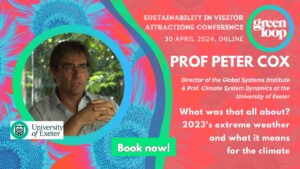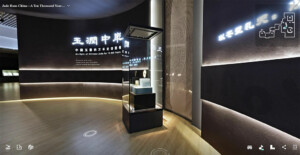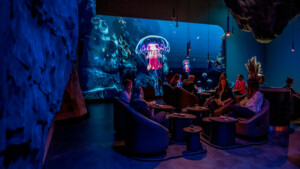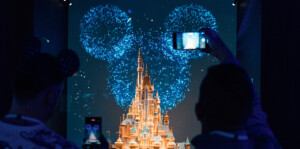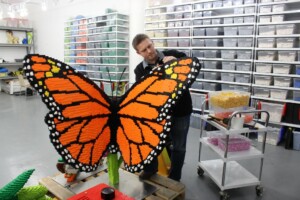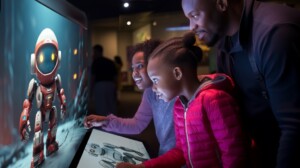Knight Prototype Fund awards $600,000 to innovative museum technology projects. Twelve projects – from AR to remote access – that help people engage with the arts will each benefit.
The twelve winning arts and technology projects all aim to help the cultural sector in adapting and thriving in the digital age
The $600,000 grant has been made available from the John S. and James L. Knight Foundation. The Foundation asked for ideas back in February, under the auspices of the Knight Prototype Fund which backs early-stage, innovative ideas.
“While the importance of arts institutions in building community remains unchanged, the preferences and expectations of audiences have transformed in the age of technology,” said Victoria Rogers, vice president for arts at the Knight Foundation. “Museum-goers increasingly demand personalized, interactive and shareable experiences. These projects help pave a way forward for cultural organizations to expand and command their use of technology to connect with and inspire audiences.”
The winning projects now have nine months to create or refine their prototypes. Project leaders will attend a demonstration day in April 2019 to share their work.
The 12 winning organisations are:
- The Adrienne Arsht Centre for the Performing Arts. ArtsESP offers forecasting software that helps cultural institutions make better, data-based seasonal planning for events.
- Alley Interactive. Exploring the Gallery through Voice will look at how interfaces such as Amazon’s Alexa, can give remote audiences access to an exhibition experience.
- The Bass. The Bass in VR employs 360-degree photography technology to help remote audiences engage in an exhibit in a vital way.
- Crystal Bridges Museum of American Art. AR Enhanced Audio Tour will develop mobile software that can deliver immersive audio-only stories. A painting or exhibit will ‘know’ when a visitor wearing the device will walk up to it, which will cue the audio. The AR programme is likely to use bone-conduction headphones that provide sound through a bone behind the ears so visitors can still hear what’s going on around them.
- Eli and Edythe Broad Art Museum at Michigan State University. The Smart Label Initiative creates a system of labels combining super-thin touch displays and microcomputers. These can give audiences interactive informational content about artwork.
- Institute on Disabilities at Temple University, in collaboration with People’s Light. Improving Arts Accessibility through Augmented Reality Technology aims to make theatre and performance art more accessible. It is aimed at deaf people, those who are hard of hearing, and non-English speaking communities. The system integrates AR smart glasses with an open access smart captioning system.
- MIT Centre for Art, Science & Technology. ConcertCue is a mobile app for classical music audiences. It receives real-time programme notes at precisely-timed moments of a live performance.
- Monument Lab. Civic Portal encourages public input on new forms of historical monuments. The digital tool lets users identify locations and topics for possible public art and monuments in cities. It also allows them to create designs.
- The Museum of Art and History at the McPherson Centre. Who’s Coming? is a mobile app that allows cultural institutions to capture visitor demographic data. It can increase their knowledge on who is, and isn’t, participating in programmes.
- Newport Art Museum, in collaboration with Work-Shop Design Studio. Feedback Loop enables audiences instantly to share their feedback and reflections. The hardware and software is aimed at testing the recording and sharing of audience thoughts.
- Wick Poetry Centre at Kent State University Foundation. The Traveling Stanzas Listening Wall aims to produce touchscreen installations for public locations. They would let users create and share poetry. The inspiration would be a variety of historical documents and oral histories alongside multimedia stories concerning current events and community issues.
- Wikimedia District of Columbia, in collaboration with the Smithsonian Institution. The Wiki Art Depiction Explorer uses crowdsourcing methods to improve Wikipedia descriptions of artworks in major collections.
“There is no textbook detailing how the cultural sector should adapt to keep pace with—and benefit from—rapidly evolving technology innovations,” said Chris Barr, director of arts and technology at Knight Foundation. “These experiments will help fill this knowledge gap and provide lessons learned for connecting people to the arts through technology.”
Image and video: Knight Foundation








